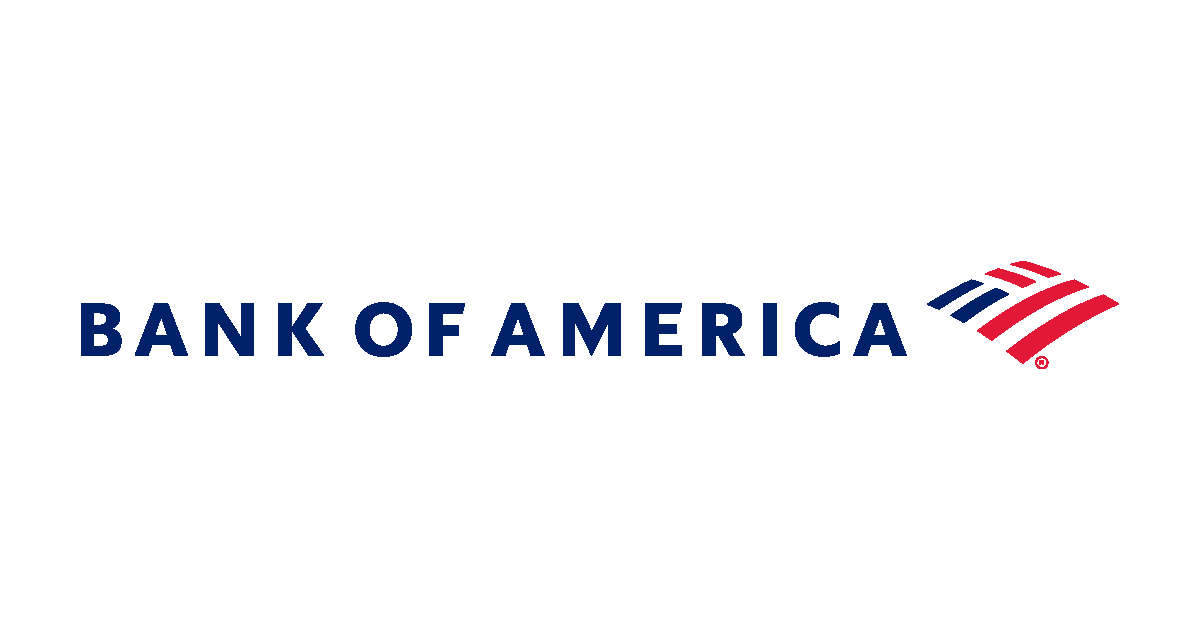The Nasdaq Composite posted its worst monthly performance since the 2008 Global Financial Crisis (GFC) in April as investors went risk-off on the prospect of rising interest rates and weaker than expected earnings from major US tech giants.
The flagship US tech index booked losses of 13.3% over April after falling over 4% on 29 April alone on the back of lower than expected Q1 earnings for both Apple and Amazon.
On top of this, the Federal Reserve hiked rates by 50 basis points on Wednesday, the first time it has made such an aggressive hike since the year 2000.
It means the Nasdaq saw its worst monthly performance since the GFC and takes its year-to-date performance to -20.7%.
Some of Europe’s largest ETFs were hit as a result, with the $7.8bn iShares Nasdaq 100 UCITS ETF (CNDX), the $5.8bn Invesco EQQQ Nasdaq-100 UCITS ETF and the significantly smaller $118m Xtrackers Nasdaq 100 UCITS ETF (XNAS) all falling 13.5% over the month.
Todd Rosenbluth, head of research at ETF Trends, said investors have one eye on the Federal Reserve’s imminent 50 basis point rate hike.
“Investors in US-focused securities have shifted to a risk-off mindset given the more aggressive posture of the Federal Reserve. Growth-oriented investors including those tied to the Nasdaq are out of favor,” he said.
The sell-off was also seen in the S&P 500 which fell by 8.7% over April, its worst month since the start of the pandemic in 2020.
Outflows mounted across several ETFs in the seven days to 3 May with the Invesco S&P 500 UCITS ETF (SPXS) leading the way with an asset exodus of $418m. Elsewhere, the Amundi S&P 500 UCITS ETF (500), the Vanguard S&P 500 UCITS ETF (VUSA) and the HSBC S&P 500 UCITS ETF (HSPX) recorded outflows of $185m, $159m and $110m respectively.
The Bank of America said the rising risk of a recession meant growth stocks were hit particularly hard. It added it was pricing in a one-third probability of a recession and while the risk was low for now, it is elevated for 2023.
“The key risk is that inflation remains elevated next year, forcing the Fed to hike until it hurts,” the bank said. “We expect volatility to remain elevated and recommend high-quality stocks and defensive sectors, health care and staples - the latter of which we recently raised to overweight.”
However, JP Morgan was less bearish on the stock market, adding light investor positioning and a better than feared Q1 earnings season for S&P 500 stocks should allow the market to rebound.
“Based on 54% of S&P 500 companies that have reported so far, 76% are beating Q1 earnings and 69% are beating revenue estimates,” it said.
The bank said energy stocks are currently its highest overweight as they remain massively undervalued despite the current global energy crisis.
“We expect dips to be brought from a broadening investor base, including energy companies revamping share repurchases. Furthermore, energy is the only sector that is seeing quality, growth and momentum scores improve while maintaining an attractive value and income profile,” JP Morgan added.
Related articles





